Corona-Blog
Why such a blog? Well, we think that spreading knowledge about the health benefits of daylight can positively impact public health and is perhaps particularly crucial now that we are facing a viral threat which forces us to spend even more time indoors. Our ‘Corona-Blog’ is not intended to contradict official recommendations, call into question the logical containment measures adopted in many countries, or provide miracle solutions. It aims to open a space for reflection and exchange where daylight experts can share their vision on the varied roles daylight could play to help us remain healthy and functional during this challenging period. For more information about the blog and the topics to be explored, read the post Why a ‘Corona-Blog’?.
Interested in contributing to this blog? Please contact us at office@daylight.academy.
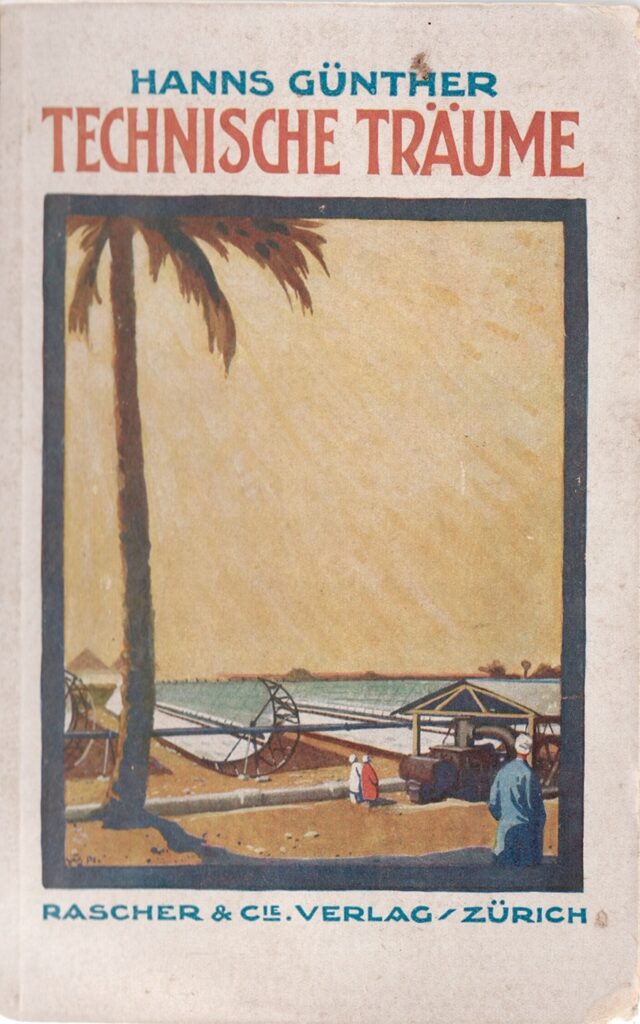
7 November 2025
SUN 1913
‘Technische Träume’ (‘Technical Dreams’) is the title of a book from 1922 that we received as a gift from a scientist during a fellowship at the Paul Scherrer Institute. The cover shows a solar power station in a suburb of Cairo, which was built by American inventor Frank Shuman in 1913.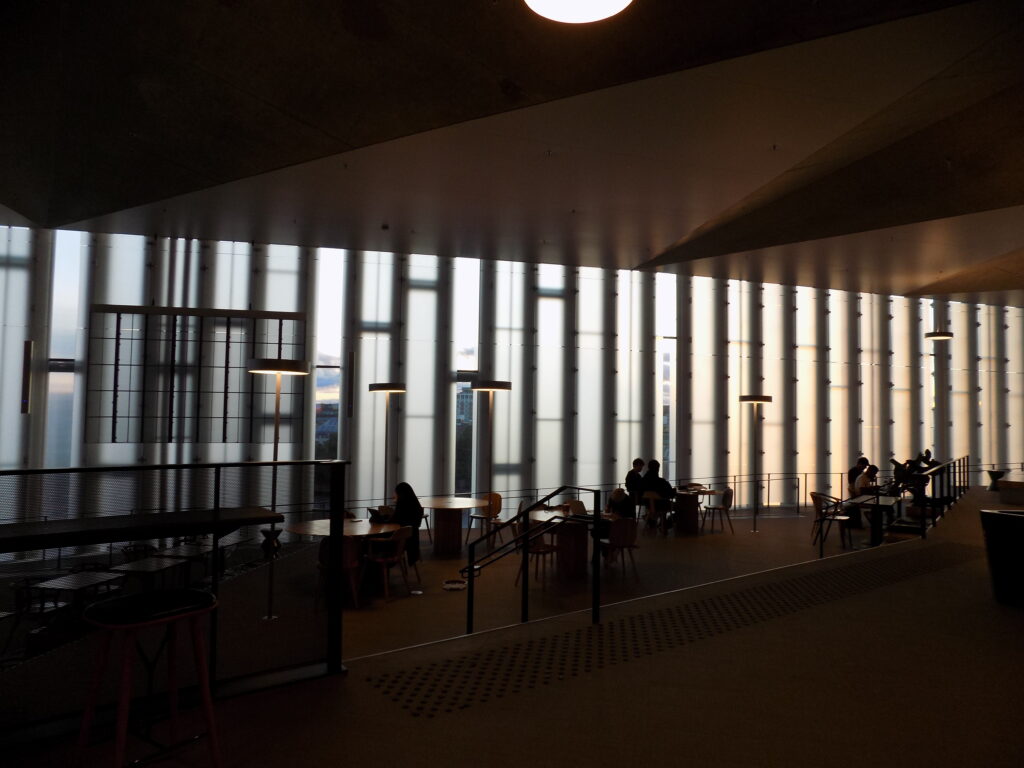
6 November 2025
Between Light and Darkness – A Journey to Daylight in the North
3 a.m. At a small German train station. Darkness everywhere. I am waiting for the train that will take me to Copenhagen. I believe light is only something that brightens rooms. At that moment, I can’t imagine that this journey will change the way I see light, architecture, and life. As the train rolls north, I begin to travel not only across borders, but toward an understanding of daylight itself. I am leaving the dark completely behind – or so I thought.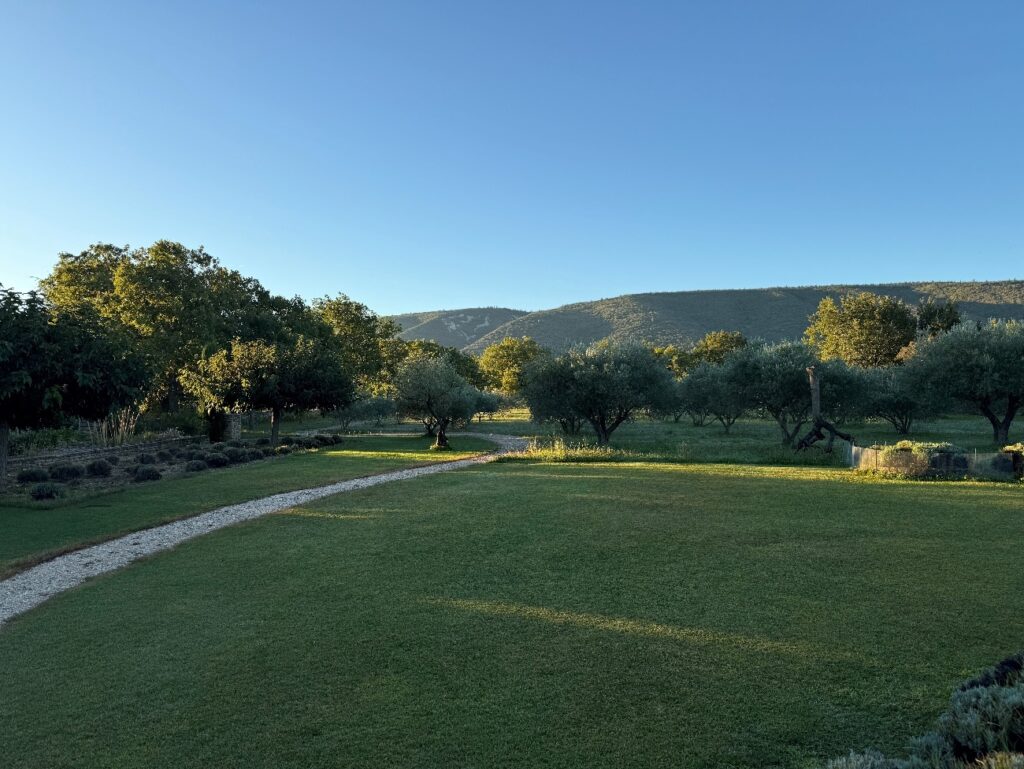
6 November 2025
A Little Ode to Light – From the Perspective of a Culture Creator
Read the original German version of this contribution Scientifically speaking, light is electromagnetic radiation within the visible spectrum. It appears both as a wave and a particle – and makes our perception of the world possible in the first place. Yet for us cultural creators, light is much more than a physical phenomenon: it is inspiration, mood-setter, and companion through life. The Light of Provence The first gentle light of morning warms my heart and soul – and my body too. For ...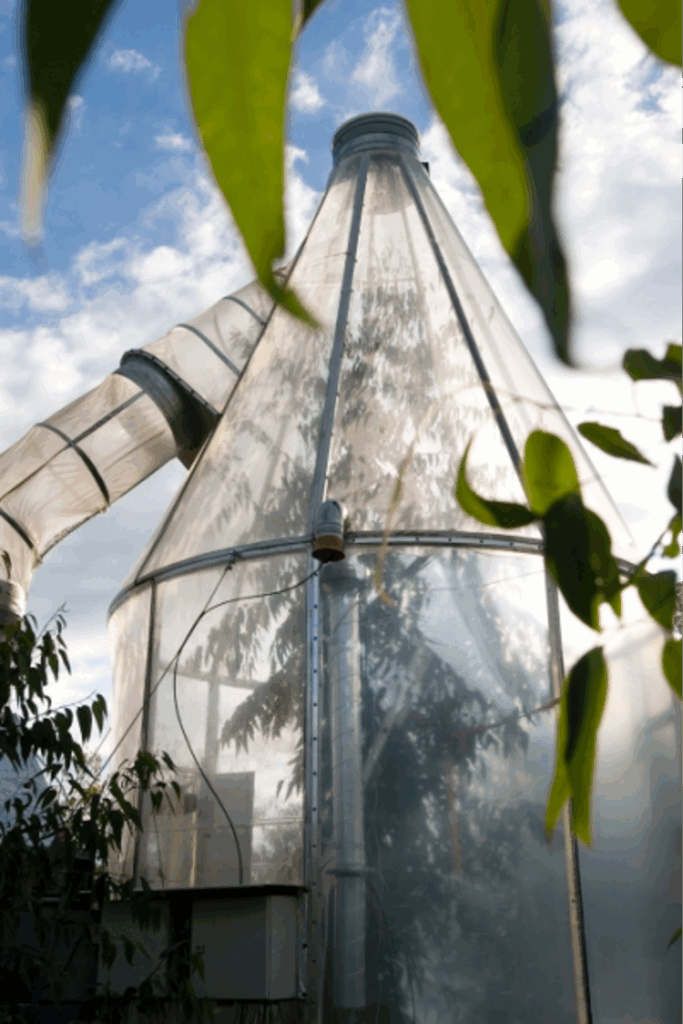
5 November 2025
The silent melody of the forest’s symphony
It was late at night. The owl, silent and sure, glided back to its hollowed tree as the forest held its breath. And then, without a sound, the orchestra began to play. Not of strings or brass—but of water and carbon, moving invisibly through leaves and roots, under the silent baton of a hidden maestro: the circadian clock.
5 November 2025
Daylight and Ecosystems: What Coral Reefs Can Teach Us About the Language of Light
Light is more than illumination, it’s information. Across ecosystems, organisms use subtle changes in sunlight and moonlight to synchronize their behavior and physiology. Coral reefs, shaped by these daily and lunar rhythms, are among the most striking examples of life organized by light.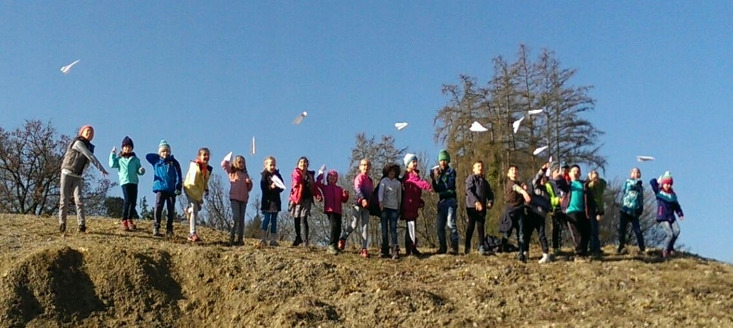
4 November 2025
Children’s Eyesight and Daylight
A child’s eyesight is a delicate and precious thing. Yet the modern world places unreasonable demands on children’s vision. Myopia, otherwise known as near-sightedness, or short-sight, has emerged as a major health problem. Currently about one-third of children and adolescents worldwide are myopic and by 2050 this may rise to 40 percent if current trends continue. Myopia is not a safe condition. Young people with myopia can suffer emotional problems. And any level of myopia, moderate...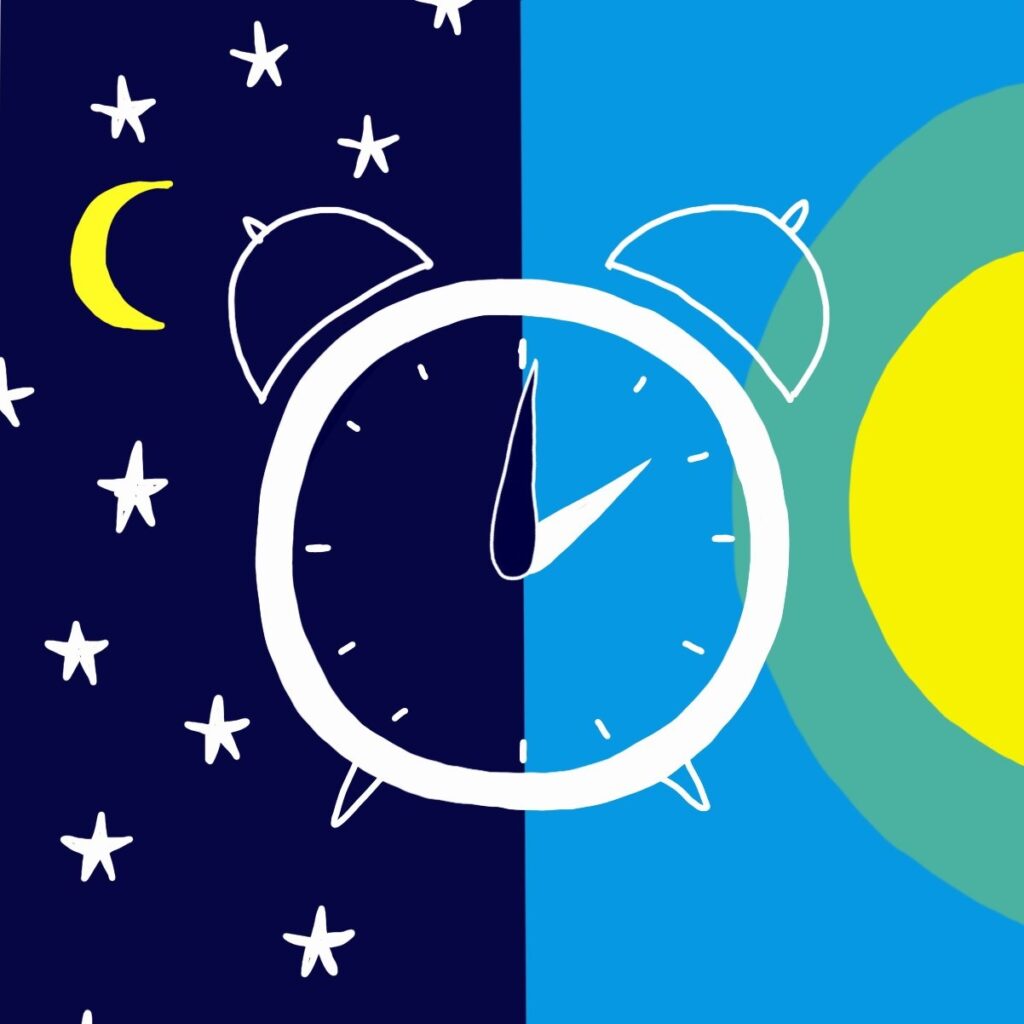
31 October 2024
Celebrating Dark Nights
We are lucky that our planet rotates. During the day, the sun’s intense radiation warms the earth and brightens our beautiful blue atmosphere. At night, in the sun’s dark shadow, the earth cools, sending its heat back out into infinite space. Because of its 24-hour rotation, no one face of the planet gets burned by unrelenting radiation, or is forever deprived of the sun’s life-giving energy. However, the extreme physical contrast between these two conditions—very bright days, and very ...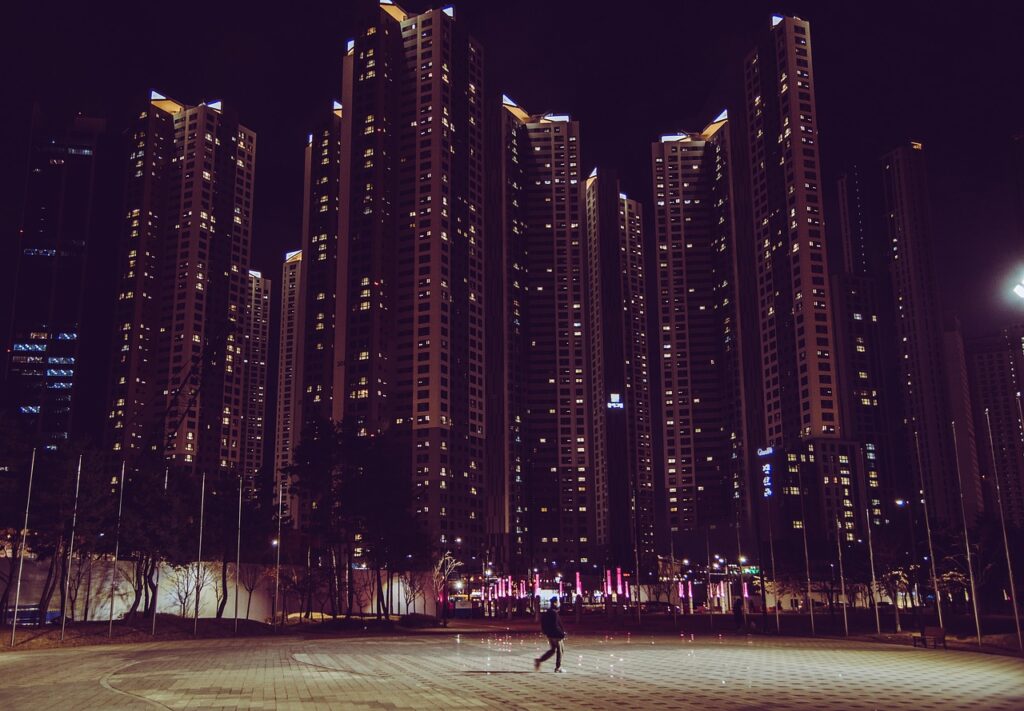
31 October 2024
A Night and Day Difference
Skylines around the world—from Denver to Delhi—are rapidly rising and densifying to accommodate growing urban populations. The efforts are well-intentioned; making cities compact can reduce energy use. Yet it can also introduce other environmental and public health problems, such as a diminished distinction between night and day.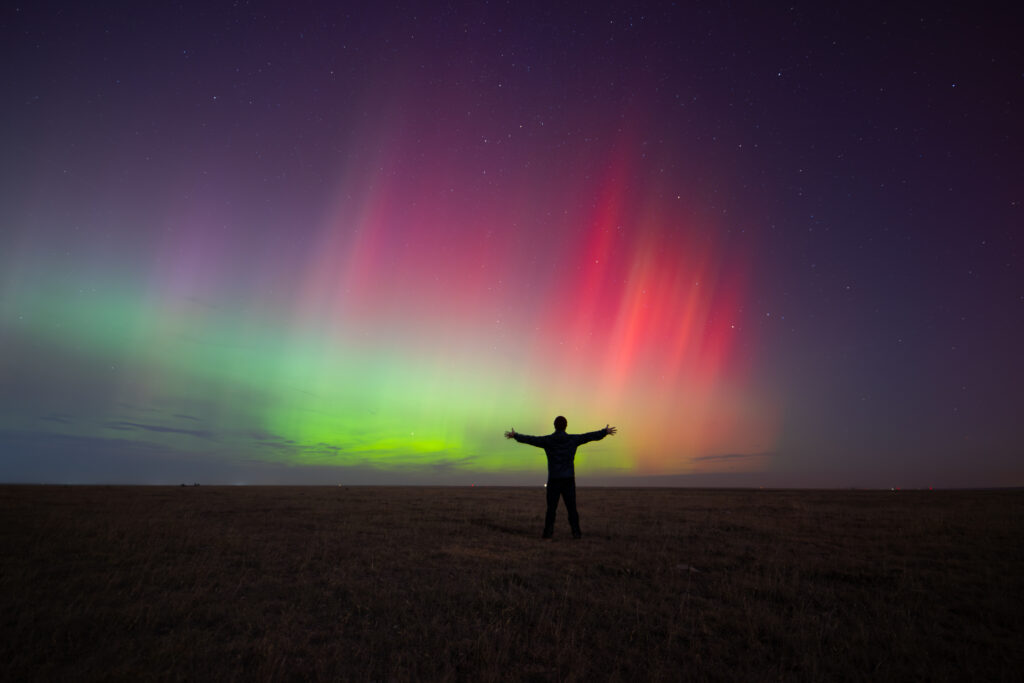
31 October 2024
A word for darkness
I wish to speak a word for darkness, for that natural quality on which so much depends, the matching half to natural daylight, both so valuable for life. It makes sense to consider natural darkness on Halloween, a celebration that plays with our fears, because it’s our fear of the dark that often separates us from the value of natural night. Just as we take for granted the benefits of daylight, so we live in ignorance of the dark. But this can change.
25 April 2024
Daylight should be a priority for urban planning
Daylight is essential for ecosystems and for the physical and mental well-being of people. Despite this, many cities have followed a strategy of densification as a way of preventing urban sprawl and reducing energy consumption – but at the cost of daylight for both people and nature. This is not sustainable urban planning: instead, we need to treat daylight in cities as a limited resource that needs to be planned and managed carefully, much like water or energy.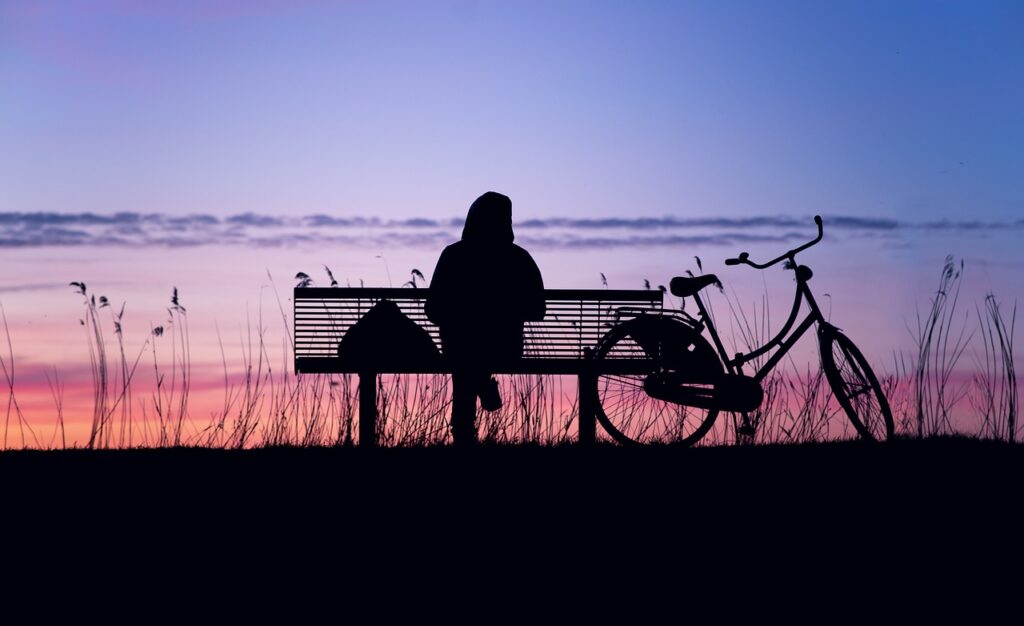
1 February 2024